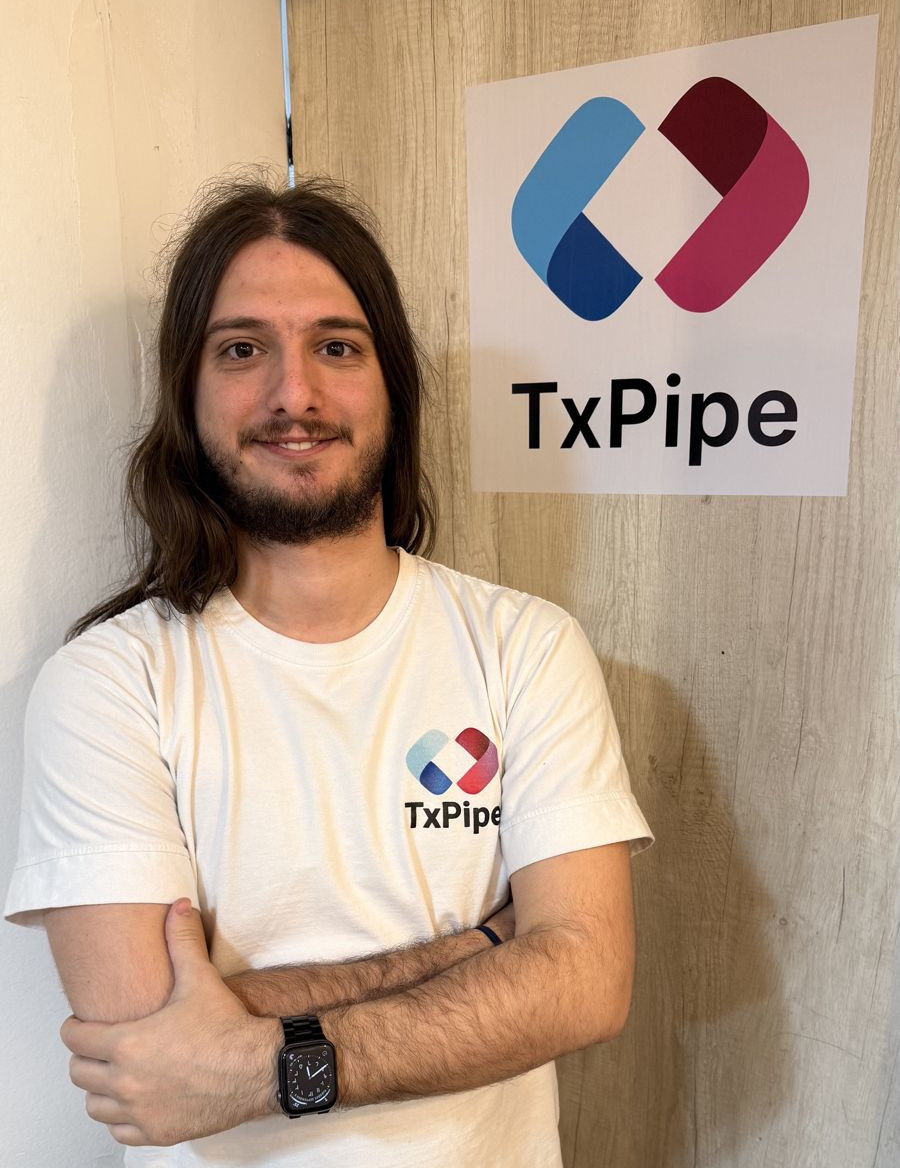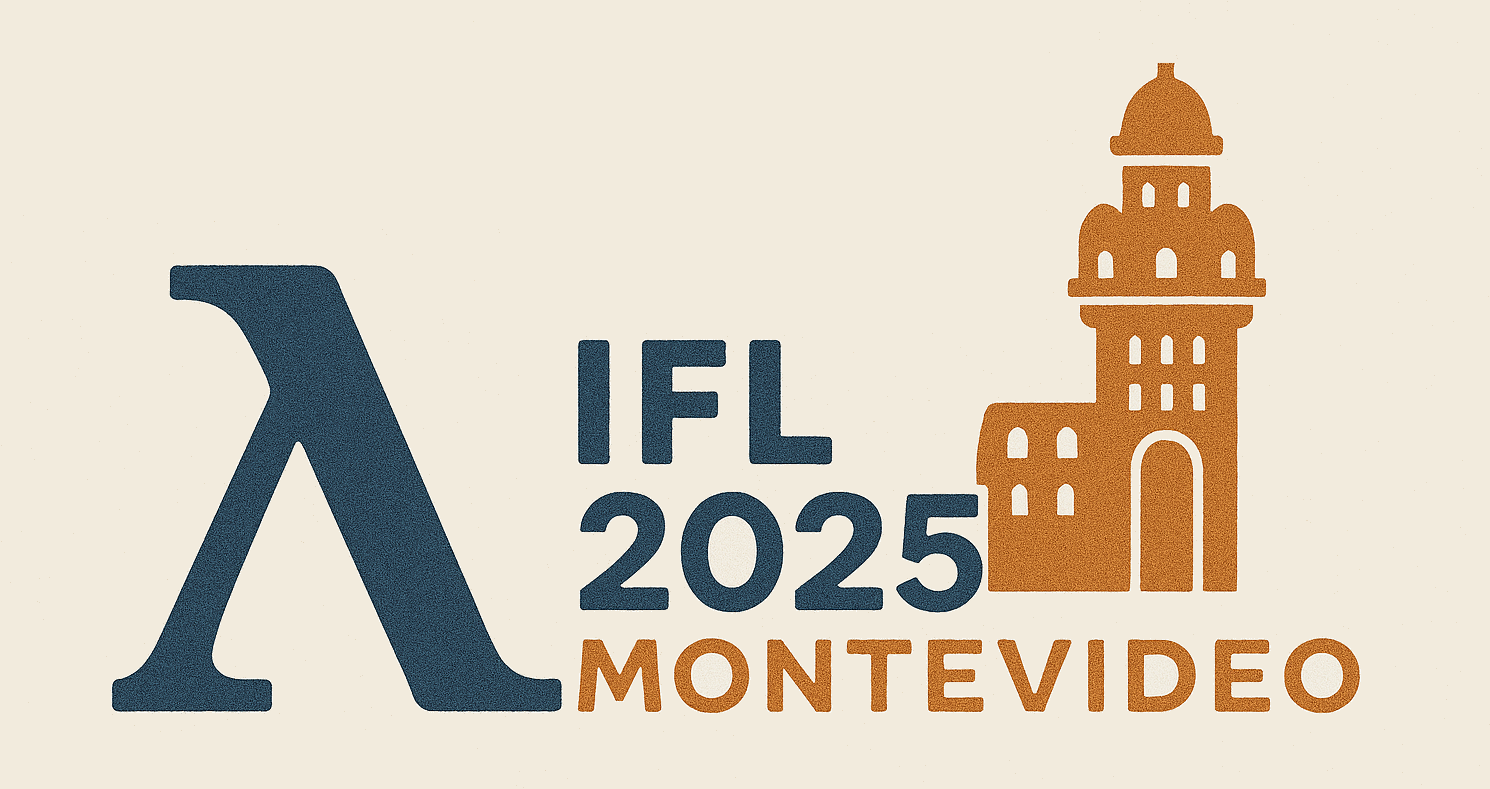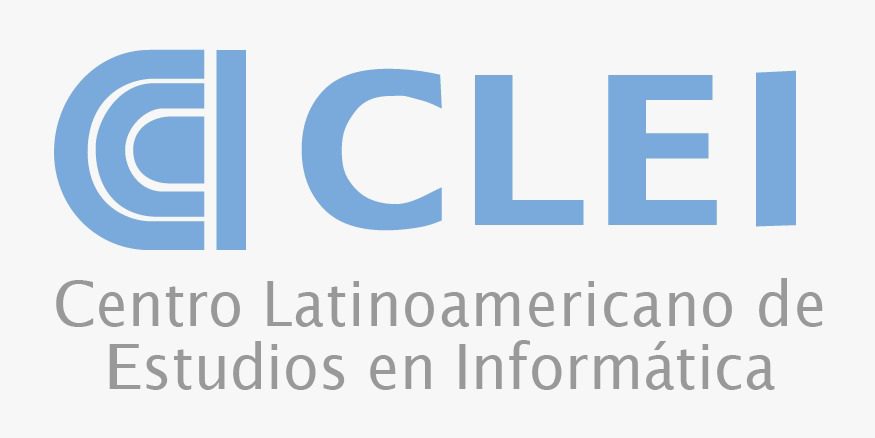Tutorials

Éric Tanter
University of Chile, ChileGradual Typing
slides
Abstract
Gradual typing enables the smooth integration of static and dynamic typechecking. In this tutorial, we will review the core concepts of gradual typing, informed by a formal framework to derive the semantics of a gradually-typed language from a statically-typed counterpart. We will then discuss some applications of gradual typing to challenging typing disciplines.

Jurriaan Hage
Heriot-Watt University, Edinburgh, UKType-based Static Analysis of Functional Languages
slides
Abstract
Static type systems are an excellent light-weight tool to improve code quality. Every compile your program is checked so that interfaces between parts of your system are verified to be correct, and depending on how strong the type system is, many important invariants are verified quickly and soundly. In this tutorial I shall discuss how to set up a static type system for a functional language and we shall be looking at Damas-Milner’s algorithm W for performing the inference. We shall then look at how you can implement a static analysis on top of a a type system, taking advantage of the underlying type system’s implementation. No knowledge of functional programming is assumed, but it can be helpful.

Valentino Cerutti
TxPipeDevelopment of dApps in the UTxO model
Abstract
In this tutorial, we’ll explore decentralized application development using the UTxO model. We’ll begin with a brief overview of blockchain fundamentals, comparing the two main ledger models and focusing on the UTxO model—used by Bitcoin and extended by Cardano.
Participants are encouraged to bring their laptops, as we’ll work through a hands-on Cardano dApp example. Together, we’ll review on-chain code written in the Aiken language and walk through transaction building using the Tx3 toolkit.

Marco T. Morazán
Seton Hall University, South Orange, USAProgramming-Based Automata Theory
slides
Abstract
Formal Languages and Automata Theory (FLAT) courses present challenges for both the
students and the instructors. Many students dislike such a course given the mathematical
and theoretical nature of the topics as well as the formal notation used. In many cases, this
leads to apathy among Computer Science students that enjoy and prefer programming
courses. In turn, this presents a problem for instructors that frequently struggle to motivate
their students to master the material. To address poor motivation and apathy, many FLAT
instructors turn to constructivism to formulate classroom strategies and pedagogic tools.
Constructivism is a theory of learning that postulates that knowledge is not passively
absorbed through lectures and textbooks and, instead, knowledge is actively constructed by
students engaged in building activities such as designing and implementing programs. A
modern trend in FLAT education adopts a programming-based methodology to deliver FLAT
courses. This tutorial illustrates how to deliver a programming-based course using FSM
(Functional State Machines). FSM is a domain-specific language embedded in Racket that
provides the programmer with the ability to design, implement, test, and verify state-based
machines, grammars, regular expressions, and associated algorithms typically developed
as part of the constructive proofs students are exposed to in a FLAT course. FSM is tightly
coupled with a powerful suite of visualization tools and the textbook, Programming-Based
Formal Languages and Automata Theory, that presents design recipes for the
implementation of machines, grammars, and regular expressions. The tutorial focuses on
how FSM may be used in the FLAT classroom without sacrificing content or rigor.
To fully participate in hands-on exercises participants ought to install on their machines,
prior to the tutorial, the following software:




 TOP Software
TOP Software


